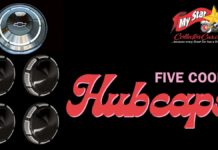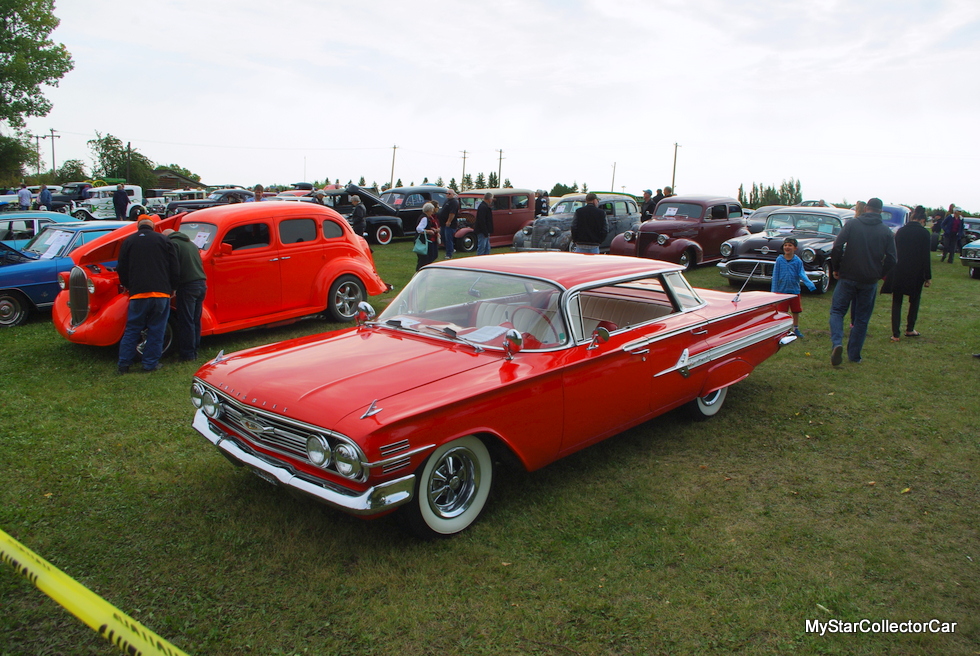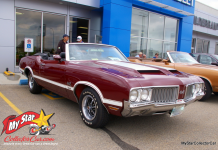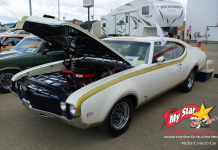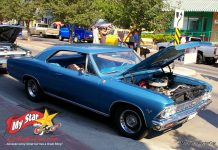Late comedian/actor Robin Williams starred in ‘Dead Poets Society’, a 1989 flick in which Williams was the cool teacher at a private school.
MyStarCollectorCar decided to pick our own list of dead car brands and our choices are not as boring as anything associated with poetry–even if Robin Williams was the teacher.
Jim Sutherland
The first esteemed member of our list is Plymouth, an economically-priced Mother Mopar offspring that got taken to the train station by Chrysler in 2001 after a 94-year production run.

Plymouths took many decades to become a cool car in the hobby, but the introduction of finned beauties sold during Chrysler’s famous Forward Look era from the late 1950s and early 1960s was the “birth of the cool” for the Plymouth Division in our humble opinion here at MyStarCollectorCar.

The debut of the Barracuda in 1964 was another feather in the cap for Plymouth, followed by the newly styled 1967-69 models that completely separated the car from the Valiant design, along with the 3rd -generation E-body versions that owned the early to mid-1970s in the pony car wars.

Additionally, the 1960s would not be complete if we did not include Plymouth’s B-body muscle cars like the GTX and Road Runner–let alone its legendary Superbird model.

The net result was Plymouth was a mild-mannered car brand that morphed into raging beast mode during its long production run.
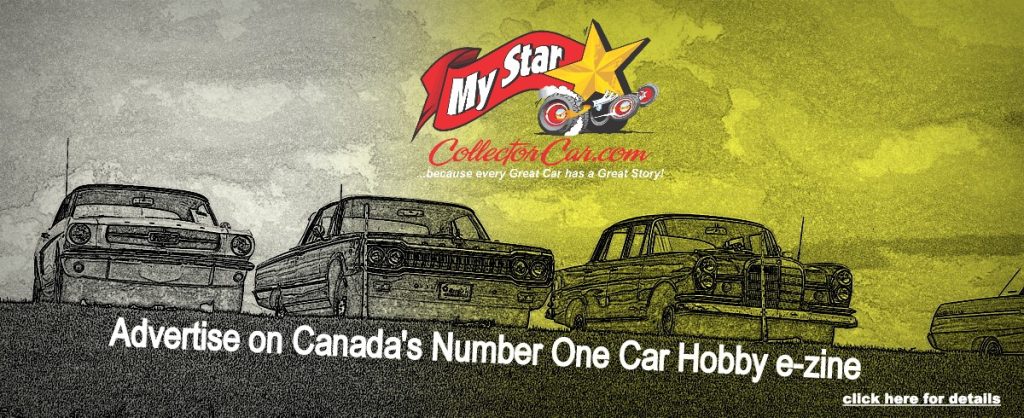
The second member of our Dead Car Brand Society is Pontiac, a famous GM marque that graced the General’s lineup from 1926 until its euthanasia in 2010. The Pontiac brand was a notch above the Chevy models on the GM totem pole and typically came with more bling than its stablemate.

However, Pontiac turned the corner in terms of overall performance when the Poncho division introduced the GTO in 1964 and triggered the 1960s version of the muscle car era. The 1970s introduced a newly styled Pontiac Firebird Trans Am that won the hearts and minds of car guys in a big way.

These two examples alone are why Pontiac deserves to be on our list.
Mercury also deserves to be on our list and is MyStarCollectorCar’s third member of the Dead Car Brand Society. Mercs were sold by the Ford family of fine cars from 1939 until 2011, a sad final year when Mercury headed to the Big Dealership in the Sky.

Mercury was always associated with an upscale image that indicated their owners had a higher annual income than a typical Ford owner. Mercury carved out its own niche in the car hobby when it introduced its then-new look 1949 model and ran with that style for the next few years.

Mercury models built during the late 1940s and early 1950s have become one of the most desirable base cars for a custom makeover. They are known as lead sleds and still dominate the custom cool factor in the vintage ride hobby.

The late 1960s and early 1970s represent an era when Mercury flexed its muscles to compete in the fast car competition with its intermediate-sized models, the ones with cool fastback roofs and big blocks under their hood scoops.
Studebaker is MyStarCollectorCar’s fourth addition to our Dead Car Brand Society list. The little car company began life as a horse-drawn wagon builder in the mid-19th century before it joined the horseless carriage movement in 1902 using electric motors shortly before Studebaker came to its senses and built internal combustion cars in 1904.

Studebaker fought long odds for survival until it built its last car in 1966–but not before the company built its Studebaker Golden Hawk and Avanti models. These two iconic Studey models are still legends in the car hobby and ensured Studebaker will never be forgotten in automotive folklore.

The same could be said for our fifth and final member in good standing of the Dead Car Brand Society, namely American Motors. AMC was a small fighter with a big punch in the domestic car market and, like Studebaker, learned how to do a lot on a shoestring budget.

American Motors was a relatively young domestic car builder that existed as a standalone company after a merger between even smaller auto manufacturers in 1954–right until Chrysler swallowed AMC whole in the late 1980s and eventually dissolved the company, much like gastric juices do to food in a stomach.
Essentially Chrysler bought AMC to get their Jeep brand, but American Motors was already cool because the little car company built the Javelin and AMX models during the late 1960s and early 1970s, along with muscled-out versions of its Rebel (Machine) and American (Hurst SC/Rambler) models. This stellar list of AMC road rockets earned the company a membership in our Dead Car Brands Society.

There are many other extinct car brands that also made a footprint in automotive history, so MyStarCollectorCar will revisit this topic at some point in the future.
Jim Sutherland
BY: Jim Sutherland
Jim Sutherland is a veteran automotive writer whose work has been published by many major print and online publications. The list includes Calgary Herald, The Truth About Cars, Red Deer Advocate, RPM Magazine, Edmonton Journal, Montreal Gazette, Windsor Star, Vancouver Province, and Post Media Wheels Section.
- CLICK HERE to Sign Up for the Newsletter
- CLICK HERE to Like us on Facebook
- CLICK HERE to Follow us on Twitter
- CLICK HERE to Follow us on Pinterest







